Is your lawn looking drab? Do you want to turn your yard from one with dull brown patches to one with thick, green, and luscious grass on which your kids and pets will love playing?
In this article, we’ll show you how you too can have one of those enviably green lawns. Whether you want to do it fast because you are expecting visitors or don’t mind taking the time to nurture a lovely lawn, we have excellent tips on how to grow greener grass.
So, without further ado, let’s get straight to our top grass growing tips.
1. Correct The Soil pH
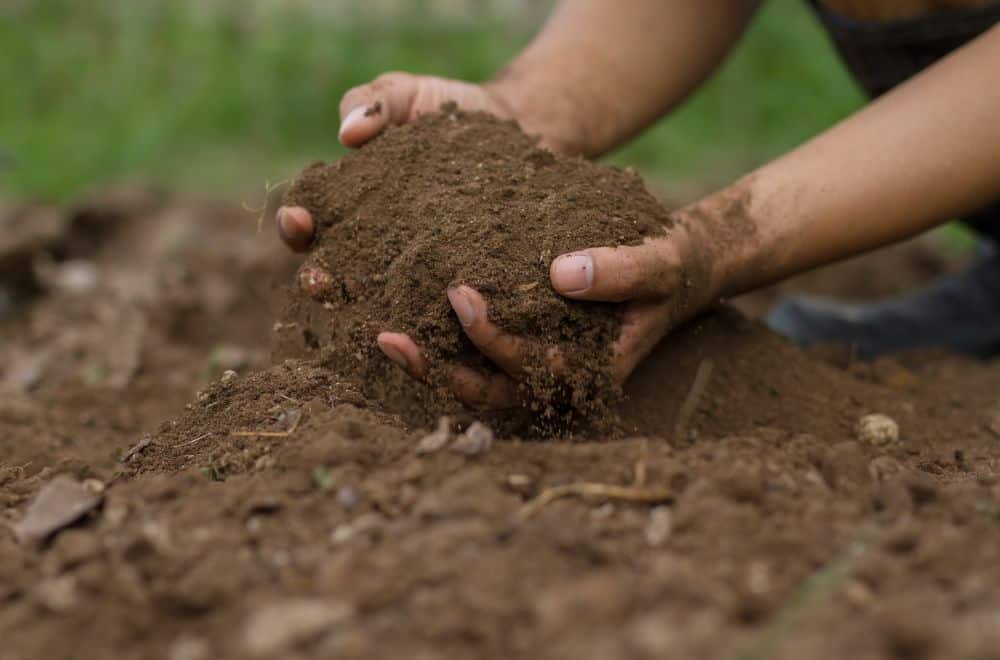
Before you go out to buy expensive fertilizers, supplements, herbicides, or grass seeds, check that unfavorable soil pH is not the reason why your grass is turning brown. Grass is very picky when it comes to pH levels. A neutral soil pH offers the best environment for grass to thrive.
Testing the soil pH should be the first thing you do before taking any further action to green up your lawn. Once you have this information, you will know just what your turf needs, which, in the end, will save you time and money.
You have two options here. You can buy a test kit to test the soil pH on your own or go to your local garden center or agricultural extension office and have them test the soil for you. The ideal pH for grass to thrive is 6 to 7.2. You will apply sulfur or iron sulfate to correct soil that is too acidic and limestone pallets if the soil is too alkaline.
Be sure to follow the correct application procedures provided by the manufacturers of these products. We also recommend learning more about correcting your lawn’s soil pH.
2. Feed Your Lawn At The Right Time
Have you been applying fertilizer to your lawn? If you haven’t and you are just hoping that constant watering and sunlight will give you a green lawn, it is time to change strategy and feed your lawn.
In addition to water, warmth, and air, plants, including grass, need specific nutrients for healthy growth and development. Nitrogen, phosphorous, and potassium are the essential nutrients that plants require. Nitrogen is vital for green, lush growth, but too much can cause excessive top growth, which brings its own set of problems.
How To Choose The Right Lawn Fertilizer
A good fertilizer can quickly take your lawn from drab to fab. But, not all fertilizers are the same. There are a couple of things to keep in mind when selecting a fertilizer for your lawn.
- Type of grass
For starters, you should consider your type of grass as well as the climate in your area. Some fertilizers are better for cool-season grasses, while others are best suited for warm-season grasses.
- Synthetic vs. Organic
Something else you will need to think about when selecting a fertilizer to green your lawn is whether to opt for synthetic or organic fertilizer. Organic fertilizers are made from living organisms, and while they green the lawn slowly, they are less harmful to the environment.
That said, synthetic fertilizers are equally a great option, especially if you want to transform your lawn quickly. They are made from a combination of gasses and minerals and are designed to work fast, greening your grass in just a few days.
Fall Feeding Is Best
Choosing the correct fertilizer is as important as applying it at the correct time. Most people feed their lawns in the growing season of spring, but we tried something different, and it has worked really well so far. We have been applying fertilizer in the fall for the last few years, right before the lawn goes dormant for winter.
Fall feeding allows the roots to slowly but deeply absorb all the nutrients in preparation for the upcoming growing season when the lawn comes alive with leafy, deep green grass. Try feeding your lawn in the fall and see the kind of results it will give you.
3. Practice Correct Watering Techniques
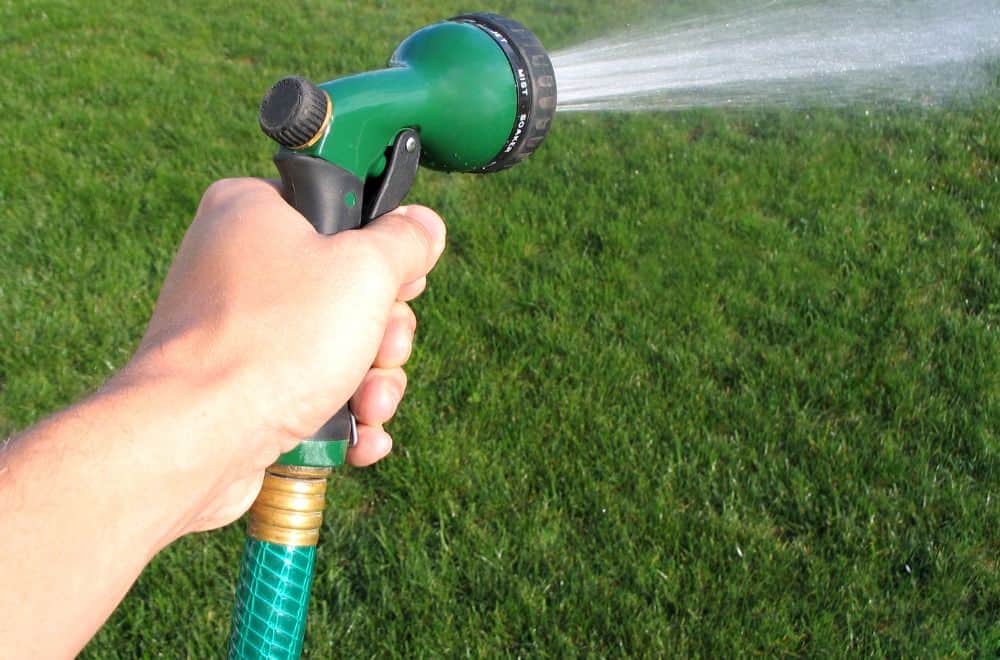
Watering frequency and capacity is something else that many lawn owners fail to get right. Ironically, watering can actually damage your lawn and cause browning or grass dullness if you do not use the correct technique.
Daily watering seems like the best thing for your lawn, but it isn’t. Constant watering will discourage the grass from growing deeper roots. Shallow roots mean that the grass cannot access the vital nutrients needed for growth and development.
Water infrequently but deeply
Instead of watering your lawn a little bit every day, give it a good soak two or three days a week. The grass roots will grow deeper in search of water and nutrients.
Ideally, your turf needs 1 inch of water per week. An easy way to ensure that the grass is getting enough water is to leave out a cup or container as you water the lawn and let it fill up to one inch of the container. Another option is to do the screwdriver test.
An important factor to keep in mind is the type of soil in your yard. Different types of soil absorb water at different rates. As a best practice, you should water deep and long enough for the soil to absorb the moisture but not too long that the water begins to run off your lawn. But, this will depend on the soil type.
Consider the soil type
Your lawn will have sandy, clay, or, more commonly, a mixture of both, which is loam soil. Sandy soil absorbs water fast but loses it equally quickly, so you might have to water your lawn longer and more frequently.
Clay or loam soil is more compact and absorbs water slower. If you have this type of soil in your lawn, it is best to water less frequently and for shorter periods to avoid an overly soggy lawn that brings its own set of problems.
4. Reseed Your Lawn
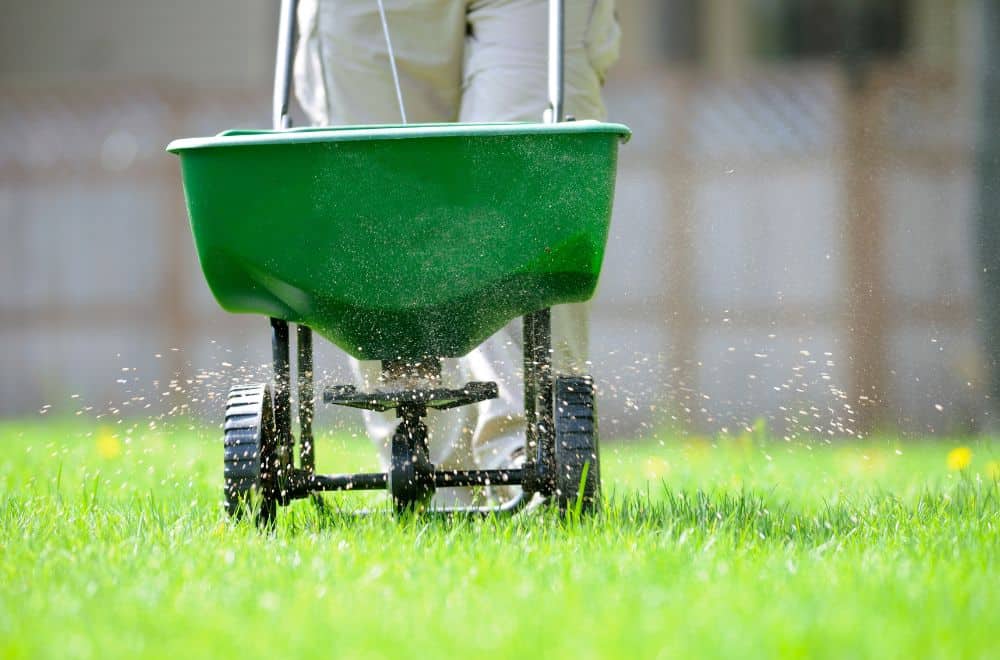
Anything from the scorching summer sun, excessive foot traffic to natural thinning can cause brown patches or dull grasses in your lawn. The good news is that you do not have to dig out and start from scratch if you are dealing with a patchy yard. Reseeding or overseeding is an excellent alternative to rejuvenating your lawn and making your grass greener.
Reseeding involves spreading new grass seed over an existing lawn. The new grass growth will help fill out the dry patches and thicken your lawn for a healthier and more lush look. If you are reseeding to keep your grass vibrant in the summer, it is best to overseed with warm-season grass seeds in the late spring.
For a green winter lawn, overseed in warmer climates in the fall and late summer or early fall for the colder, northern regions. Fall is a perfect time to reseed because stubborn weeds such as crabgrass are less active during this time.
Generally, for warm-season lawns, it is strongly recommended that you overseed 45 days before the start of the fall frost. Always follow the instructions on the label for the ideal overseeding frequency. Here is a great video tutorial on how to reseed your lawn for the best results.
5. Apply Iron Fertilizer
Is your grass yellowing? This is likely a sign of iron deficiency. Plants need iron for respiration, photosynthesis, and chlorophyll production, which is the green pigment in plants. The quickest way to make yellowing grass green is to apply an iron fertilizer.
You have the option to choose between a synthetic and an organic iron fertilizer. Keep in mind your grass type and your area’s climate when selecting a suitable iron feed.
Iron fertilizer will give your grass a really nice, dark green, and vibrant look but be careful not to apply too much. Excessive iron can cause your grass to turn an unsightly gray.
6. Use the right type of spreader
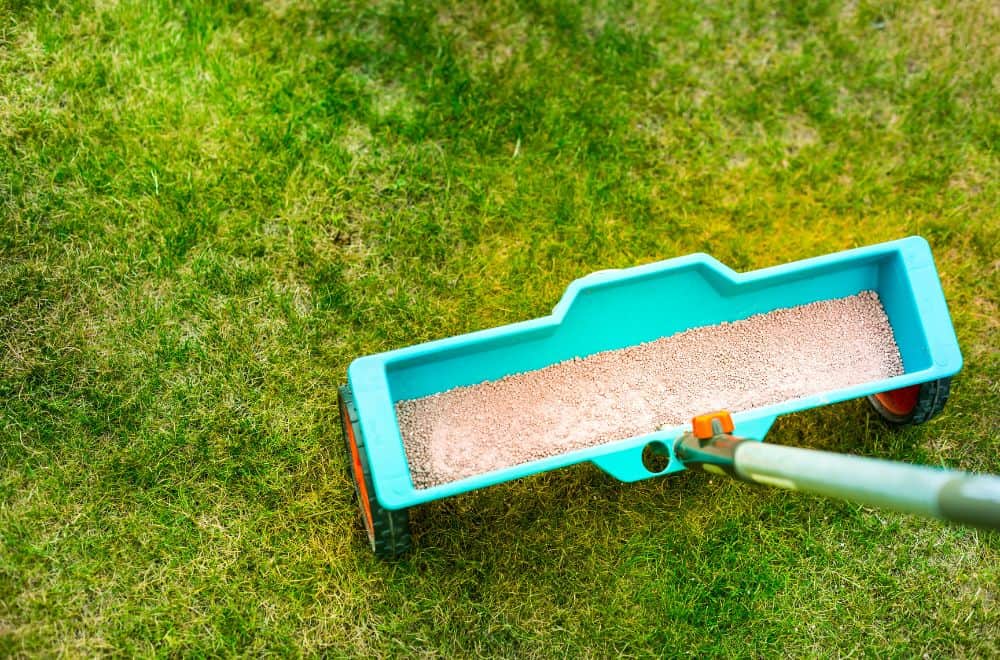
When overseeding, it is best to use a broadcast spreader instead of a drop spreader. Drop spreaders offer little coverage and can be cumbersome to use. Broadcast spreaders spread the seeds much further with a more random pattern for better coverage.
7. Attack weeds before they spread
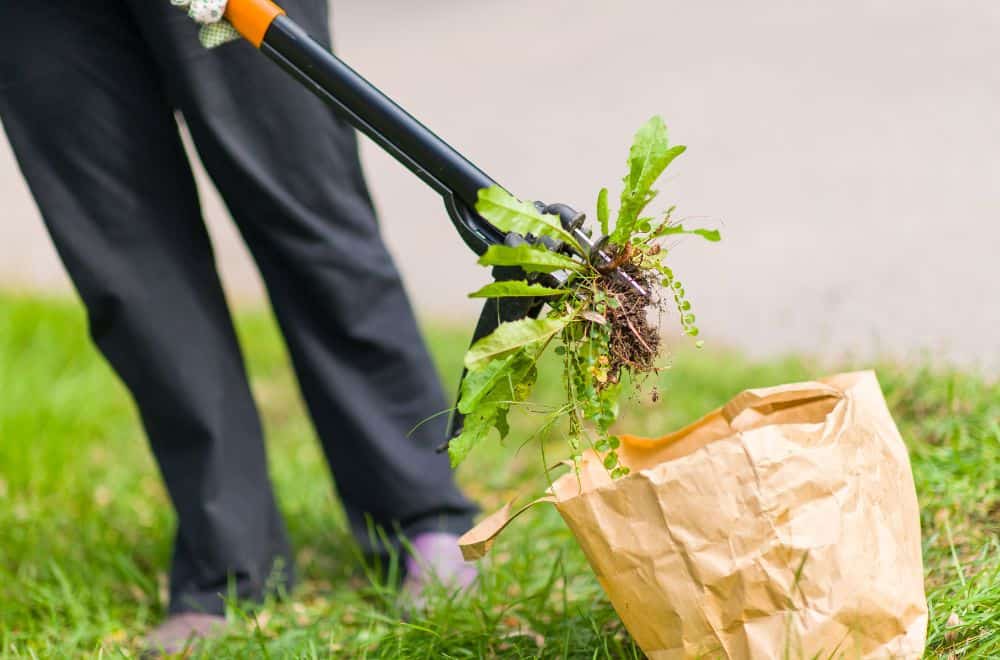
Weeds tend to pop at just about the same time that grass greens up. These unwanted plants are not only unsightly but can also stress your yard, making it difficult for it to stay green.
Apply pre-emergence weed killers to prevent weeds from sprouting in the first place. The best time to apply is after the second mowing and right before the third mowing.
8. Opt for concentrates
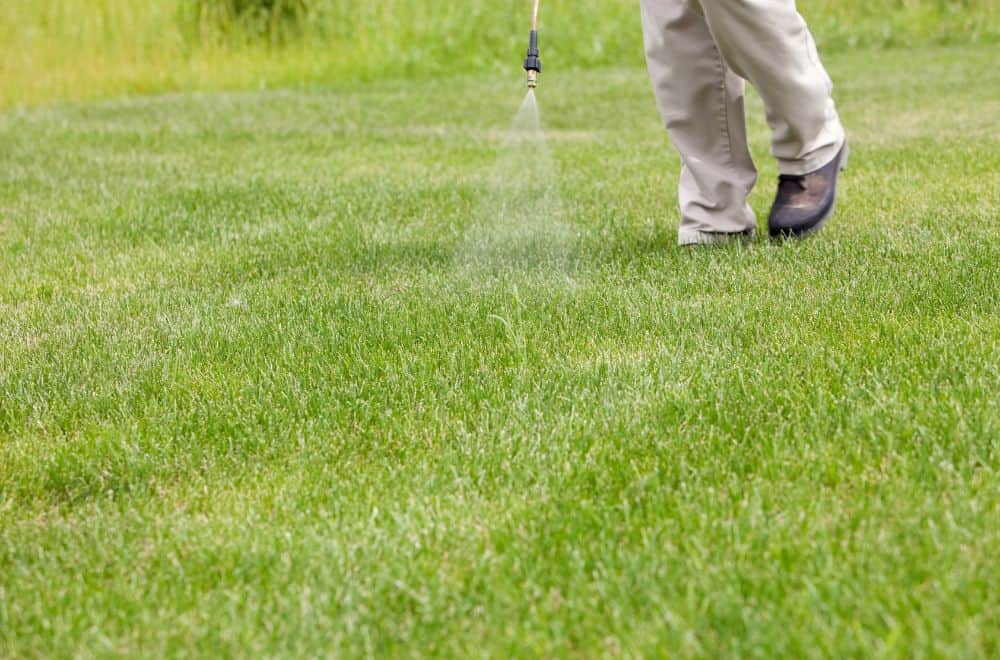
From herbicides, fertilizers to weed killers, consider buying concentrates, which you can mix with water on your own. Concentrates are cheaper than the premixed stuff.
It is also a good idea to use liquid applications instead of granules. Grass will absorb liquids faster and, therefore, become green faster. Spraying liquid applications also saves time compared to applying granular ones.
Green Your Lawn and Transform It From Drab to Fab
Making grass green is not difficult. As you might already know from experience, water and sunlight alone are not enough. But there are specific steps you must follow to ensure that you have a healthy and vibrant lawn.
Keep in mind the tips we have outlined above, and you will be well on your way to a greener, healthier lawn.
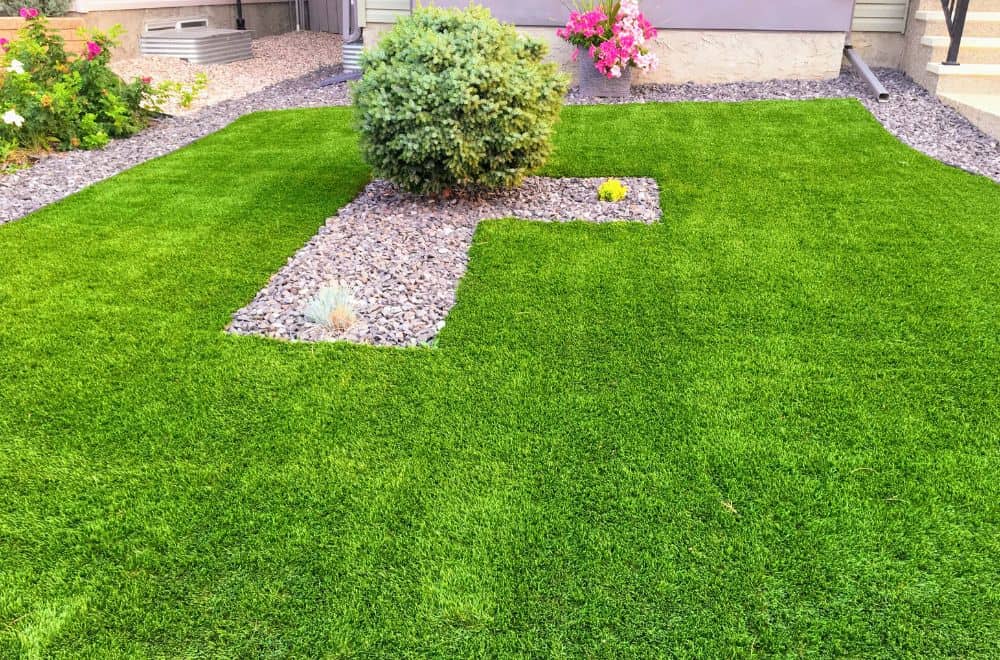
Leave a comment